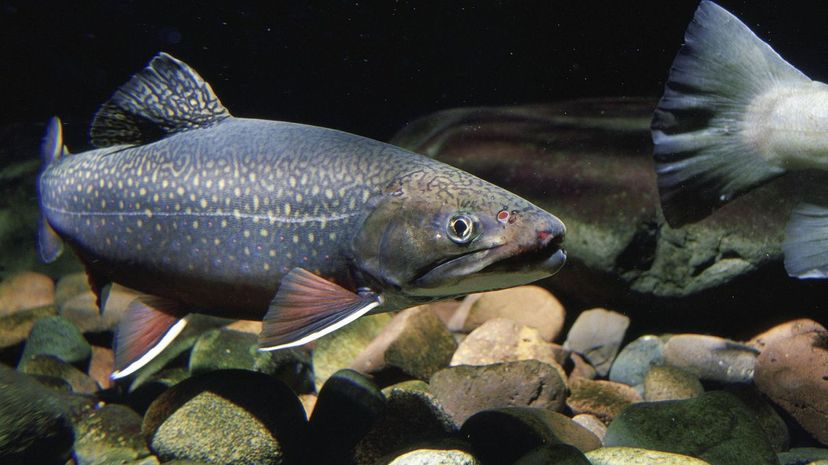
About This Quiz
Canada has 31,752 lakes, each with an area of over three square kilometres; 561 of those lakes are over 100 square kilometres in size (including the Great Lakes, the largest group of freshwater bodies by area on Earth.)Â With those numbers in mind, did you know there are more than 180 species of freshwater fish native to Canada? And those numbers don't include the many fish considered invasive or newly introduced to bodies of fresh water. When it comes to variety, Canada takes home top honours for its catalogue of freshwater fish.
From sturgeons to minnows and Arctic char to rainbow trout, some freshwater fish are instantly recognizable by their colourful markings. Others are classified by the direction in which their eyes are pointing. You may have encountered some of these species on the end of your fishing line, at the aquarium, or snorkeling in Georgian Bay. Some of these fish may even be a part of your favourite meal! Learning about Canada's freshwater fish population is not only enjoyable, but it will also give you a better understanding of our country's fragile aquatic ecosystem.Â
Grab your fishing pole or a guide to Canada's freshwater fish. You may find you need some help with some of the rarer species on the list (but maybe not if you're a whiz when it comes to freshwater fish!)Â



Advertisement



Advertisement


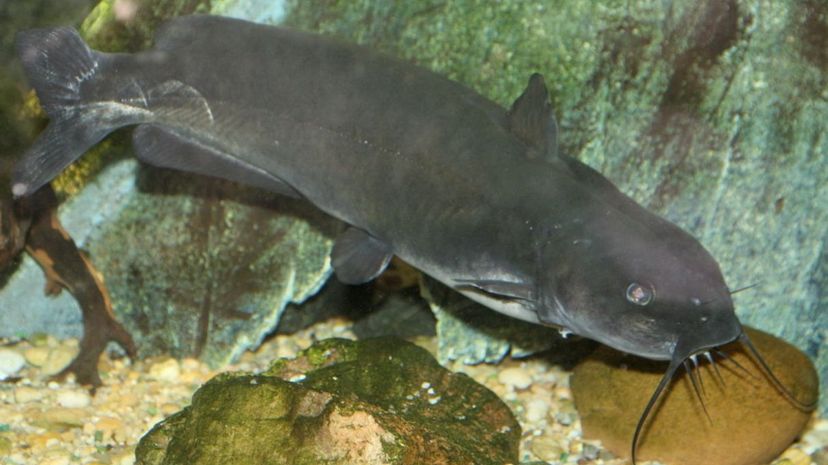
Advertisement



Advertisement



Advertisement
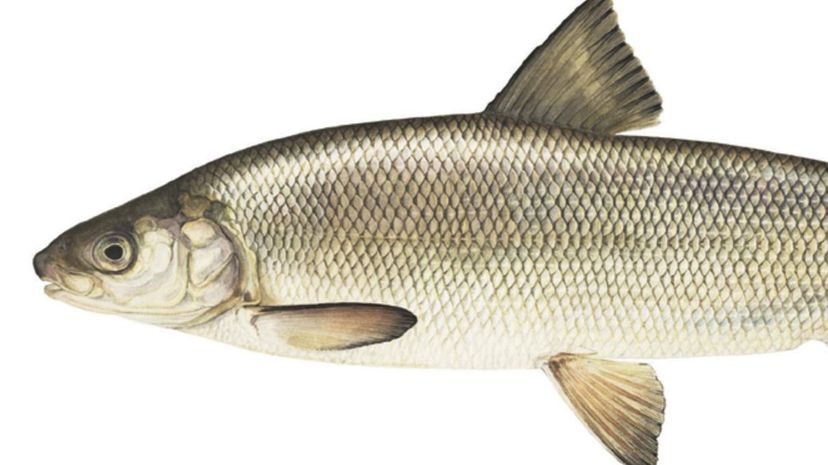


Advertisement
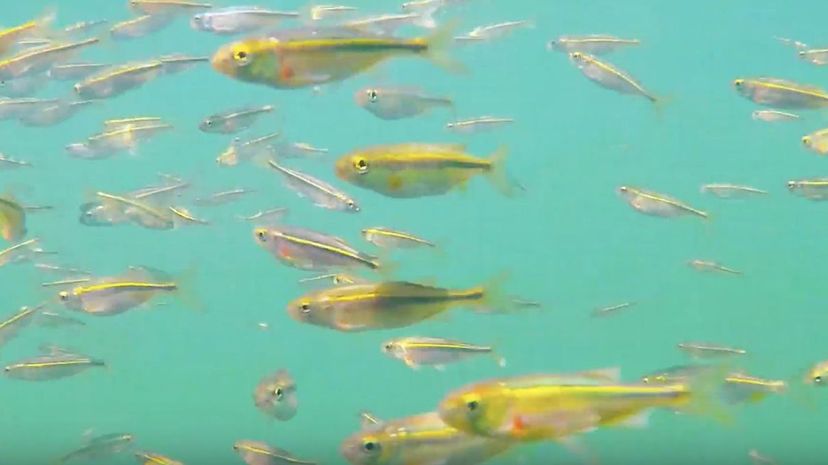


Advertisement

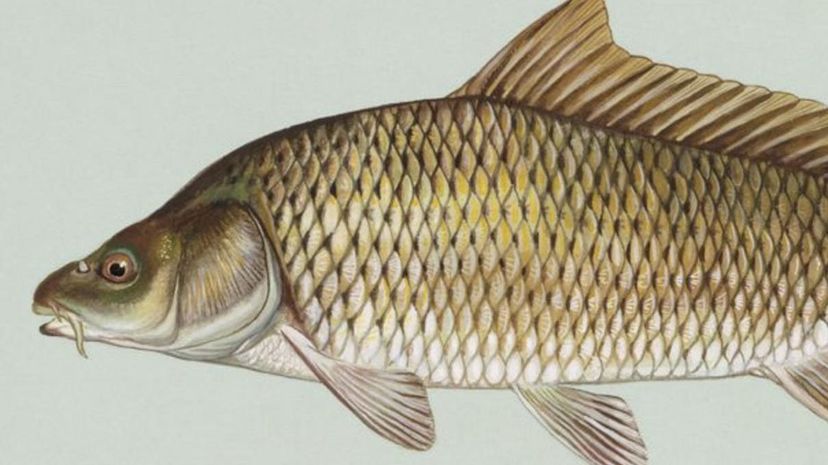
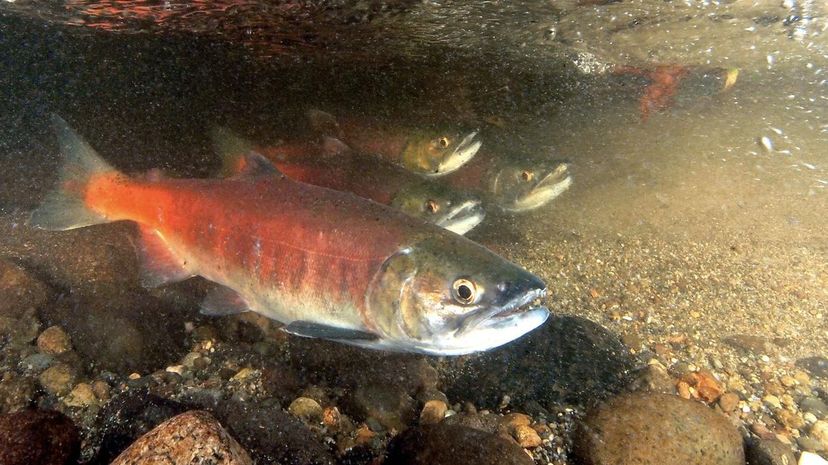
Advertisement



Advertisement



Advertisement



Advertisement



Advertisement



Advertisement












